GUILDFORD HOTEL MUSIC HALL AND STABLES
35 FRYERS STREET GUILDFORD, MOUNT ALEXANDER SHIRE
-
Add to tour
You must log in to do that.
-
Share
-
Shortlist place
You must log in to do that.
- Download report
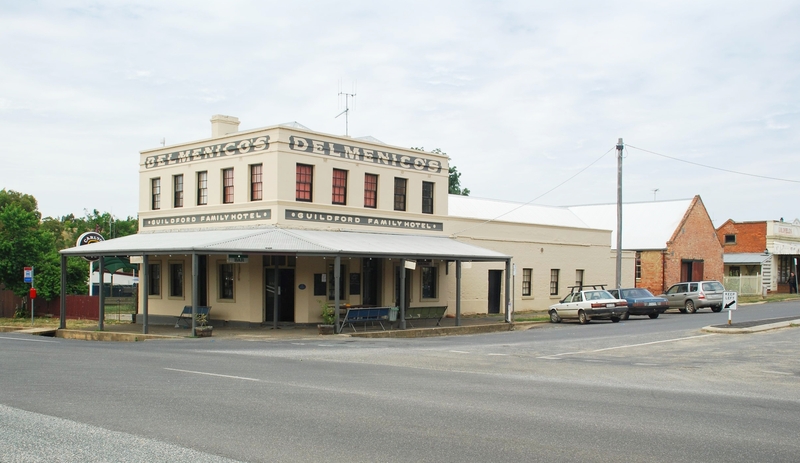

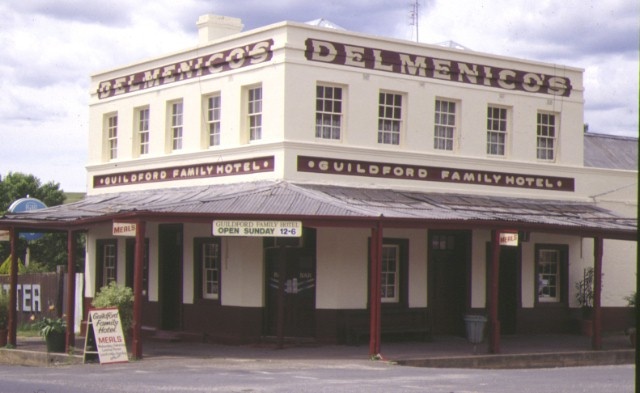
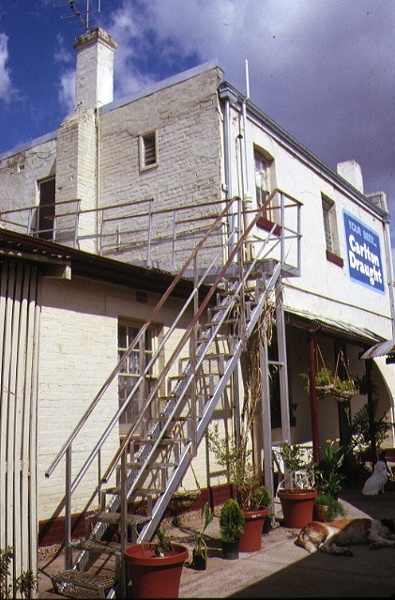
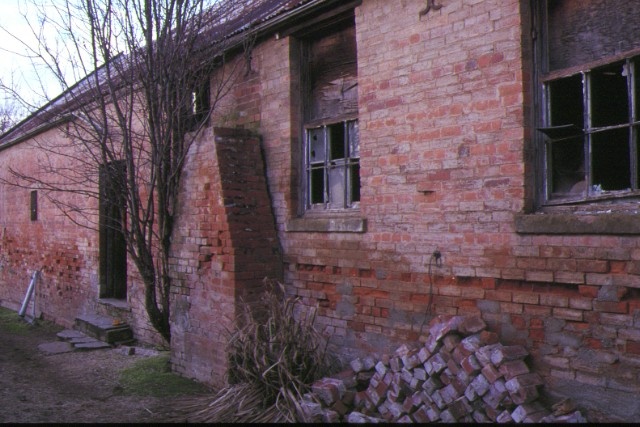
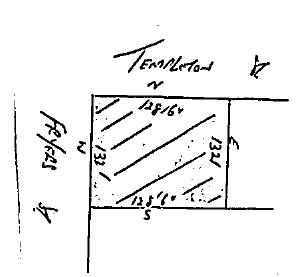
Statement of Significance
What is significant?
The Guildford Hotel was built in 1855-6 for Joseph Sherer on a main corner site in the town. A combined music hall and stables building was added on the adjacent site by 1863, but possibly as early as 1856.
In 1856 Joseph Sherer acquired an acre of land on the corner of the Midland Highway and Fryers Street, Guildford. A substantial hotel building, known as Sherer's Hotel and containing eleven rooms with offices and detached kitchen, was described that year as newly built. The following year the hotel was offered for lease and at this time it was described as containing a large bar, parlours, dining rooms and bedrooms, together with a newly erected concert hall, and a stable capable of accommodating sixteen horses with large hay loft and harness room. This would appear to include the present music hall and stables building, built on the adjoining allotment in Fryers Street.
William Gaffney became the hotel licensee in 1861 and Gaffney's Hotel was reported to have stabling for fifty horses and a long room fitted up as a theatre in 1863. A grand music festival was advertised at the hotel that year and the complex was also used as a coach office for Cobb and Co and for numerous sales and auctions.
In 1865 Gaffney's Hotel was sold to Giles Church, a local hotelier, and the first and subsequent Guildford Borough Council meetings were reportedly held there in 1866. Improvements, including the addition of an ornamental verandah, were made to the building in 1885 by the new owner, Wearn Dunstan and further works were undertaken in 1893 to both the hotel, known as Dunstan's Family Hotel, and the adjoining building, known at the time as the assembly rooms.
In the early 1920s Pasquale Delmenico acquired the Guildford Hotel and it remained in the ownership of this family until 1992. The Delmenico family had arrived in Guildford in 1855, as part of a large contingent of Swiss immigrants who settled in the area.
The Guildford Hotel complex comprises a two storey corner building of rendered brick, an adjoining single storey wing and a detached building. The main two storey parapeted building, with corner entrance, has a double hipped roof, verandah, and twelve-paned, double hung windows. All original window and door openings have been retained. The detached building has a steeply pitched gable roof, originally shingled, some evidence of which remains. The gable ends are parapetted and the stable end contains an unusual open brickwork section, used as a dovecote, which allowed light penetration and ventilation to the hayloft.
From 1989 to 1992 stabilisation work was carried out on the music hall and stables building. In 1993 a new verandah was added to the hotel and in 2002-3 restoration work was undertaken on the music hall and stables building.
How is it significant?
The Guildford Hotel, Music Hall and Stables are of architectural and historical significance to the State of Victoria.
Why is it significant?
The Guildford Hotel, Music Hall and Stables is of architectural significance as a rare example of a goldfield music hall and stables building. Other surviving examples are the Star Theatre, Chiltern, 1865 (VHR H0278) and the former Royal Hotel and Theatre, Maldon, 1857 and 1862 (VHR H1391). The retention of the form of the hotel building, and some original detailing, such as the windows, is of importance.
The Guildford Hotel, Music Hall and Stables is of historical significance due to its association with the gold rush period and the subsequent development of the colony. It is illustrative of the development that took place in the town as a result of the gold rush and is significant as the sole survivor of a large number of hotels built during Guildford's peak of development. The complex, in particular the music hall, played an important role in the life of the town as a community meeting place.
[Online Data Upgrade Project 2007]
-
-
GUILDFORD HOTEL MUSIC HALL AND STABLES - History
The Guildford Hotel was built in 1855-6 for Joseph Sherer on a main corner site in the town. A combined music hall and stables building was added on the adjacent site by 1863, but possibly as early as 1856.
First land sales took place in Guildford in 1854 soon after the discovery of gold in the area. An acre of land on the corner of the Midland Highway and Fryers Street, upon which the Guildford Hotel was built, was granted to local land speculator, James Brown, in December 1855. The adjoining acre, upon which the music hall and stables building was constructed, was granted to William Spinks and Samuel Suffrin and they established the first industry in Guildford, a candle and soap factory, to the rear of this site that same year.
In 1856 Joseph Sherer acquired an acre of land on the corner of the Midland Highway and Fryers Street, Guildford. A substantial hotel building, known as Sherer's Hotel and containing eleven rooms with offices and detached kitchen, was described that year as newly built. The following year the hotel was offered for lease and at this time it was described as containing a large bar, parlours, dining rooms and bedrooms, together with a newly erected concert hall, and a stable capable of accommodating sixteen horses with large hay loft and harness room. This would appear to include the present music hall and stables building, built on the adjoining allotment in Fryers Street.
William Gaffney became the hotel licensee in 1861 and Gaffney's Hotel was reported to have stabling for fifty horses and a long room fitted up as a theatre in 1863. A grand music festival was advertised at the hotel that year and the complex was also used as a coach office for Cobb and Co and for numerous sales and auctions.
In 1865 Gaffney's Hotel was sold to Giles Church, a local hotelier, and the first and subsequent Guildford Borough Council meetings were reportedly held there in 1866. Improvements, including the addition of an ornamental verandah, were made to the building in 1885 by the new owner, Wearn Dunstan and further works were undertaken in 1893 to both the hotel, known as Dunstan's Family Hotel, and the adjoining building, known at the time as the assembly rooms.
In the early 1920s Pasquale Delmenico acquired the Guildford Hotel and it remained in the ownership of this family until 1992. The Delmenico family had arrived in Guildford in 1855, as part of a large contingent of Swiss immigrants who settled in the area.
The draft statement of significance and the above history were produced as part of an Online Data Upgrade Project 2007. Sources were as follows:
W. Jacobs et al. Shire of Mt Alexander: Heritage Study of the former Shire of Newstead, 2000
Mt Alexander Mail, various dates
M. C, Rilen (ed). Guildford: Some Early History. 1970GUILDFORD HOTEL MUSIC HALL AND STABLES - Permit Exemptions
General Exemptions:General exemptions apply to all places and objects included in the Victorian Heritage Register (VHR). General exemptions have been designed to allow everyday activities, maintenance and changes to your property, which don’t harm its cultural heritage significance, to proceed without the need to obtain approvals under the Heritage Act 2017.Places of worship: In some circumstances, you can alter a place of worship to accommodate religious practices without a permit, but you must notify the Executive Director of Heritage Victoria before you start the works or activities at least 20 business days before the works or activities are to commence.Subdivision/consolidation: Permit exemptions exist for some subdivisions and consolidations. If the subdivision or consolidation is in accordance with a planning permit granted under Part 4 of the Planning and Environment Act 1987 and the application for the planning permit was referred to the Executive Director of Heritage Victoria as a determining referral authority, a permit is not required.Specific exemptions may also apply to your registered place or object. If applicable, these are listed below. Specific exemptions are tailored to the conservation and management needs of an individual registered place or object and set out works and activities that are exempt from the requirements of a permit. Specific exemptions prevail if they conflict with general exemptions. Find out more about heritage permit exemptions here.Specific Exemptions:General Conditions: 1. All exempted alterations are to be planned and carried out in a manner which prevents damage to the fabric of the registered place or object. General Conditions: 2. Should it become apparent during further inspection or the carrying out of works that original or previously hidden or inaccessible details of the place or object are revealed which relate to the significance of the place or object, then the exemption covering such works shall cease and Heritage Victoria shall be notified as soon as possible. Note: All archaeological places have the potential to contain significant sub-surface artefacts and other remains. In most cases it will be necessary to obtain approval from the Executive Director, Heritage Victoria before the undertaking any works that have a significant sub-surface component.General Conditions: 3. If there is a conservation policy and planall works shall be in accordance with it. Note:A Conservation Management Plan or a Heritage Action Plan provides guidance for the management of the heritage values associated with the site. It may not be necessary to obtain a heritage permit for certain works specified in the management plan.
General Conditions: 4. Nothing in this determination prevents the Executive Director from amending or rescinding all or any of the permit exemptions. General Conditions: 5. Nothing in this determination exempts owners or their agents from the responsibility to seek relevant planning or building permits from the responsible authorities where applicable. Minor Works : Note: Any Minor Works that in the opinion of the Executive Director will not adversely affect the heritage significance of the place may be exempt from the permit requirements of the Heritage Act. A person proposing to undertake minor works must submit a proposal to the Executive Director. If the Executive Director is satisfied that the proposed works will not adversely affect the heritage values of the site, the applicant may be exempted from the requirement to obtain a heritage permit. If an applicant is uncertain whether a heritage permit is required, it is recommended that the permits co-ordinator be contacted.
-
-
-
-
-
GUILDFORD PRIMARY SCHOOL NO. 264
 Victorian Heritage Register H1030
Victorian Heritage Register H1030 -
AVENUE OF HONOUR AND WAR MEMORIAL
 Victorian Heritage Inventory
Victorian Heritage Inventory -
GUILDFORD ROAD BRIDGE
 Victorian Heritage Inventory
Victorian Heritage Inventory
-
'Altona' Homestead (Formerly 'Laverton' Homestead) and Logan Reserve
 Hobsons Bay City
Hobsons Bay City
-
-











